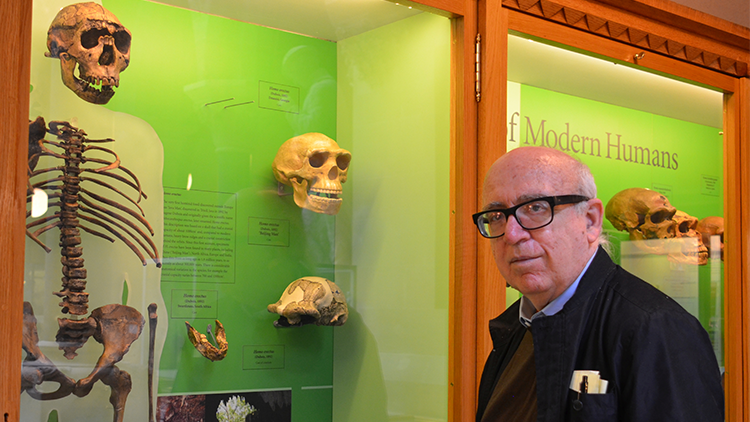Eating food with the hands in today’s Western society can sometimes be perceived as being unhygienic, bad mannered and primitive. However within Indian culture there is an old saying that,
” eating food with your hands feeds not only the body but also the mind and the spirit”.
” eating food with your hands feeds not only the body but also the mind and the spirit”.
In the Big Brother series some years back, an English participant complained about a indian participants use of her hands during food preparations and her eating habits, “They eat with their hands in India, don’t they? Or is that China? You don’t know where those hands have been.” Within many Indian households nowadays, the practice of eating food with the hands has been replaced with the use of cutlery.
 Have you ever thought of why previous generations in India ate with the hands? There is a reason for their this. The practice of eating with the hands originated within Ayurvedic teachings. The Vedic people knew the power held in the hand.
Have you ever thought of why previous generations in India ate with the hands? There is a reason for their this. The practice of eating with the hands originated within Ayurvedic teachings. The Vedic people knew the power held in the hand.
The ancient native tradition of eating food with the hands is derived from the mudra practice, which is prevalent in many aspects within Hinduism. Mudras are used during mediation and are very prominent within the many classical forms of dance, such as Bharatnatyam.

The hands are considered the most precious organ of action. This is linked to the Vedic prayer of
“Karagre vasate Laksmih karamule Sarasvati Karamadhye tu Govindah prabhate karadarsanam”
(On the tip of your fingers is Goddess Lakshmi, on the base of your fingers is Goddess Saraswati; in the middle of your fingers is Lord Govinda), which we recite whilst looking at our palms. Thus, this shloka suggests that all the divinity lies in human effort.
Our hands and feet are said to be the conduits of the five elements. The Ayurvedic texts teach that each finger is an extension of one of the five elements. Through the thumb comes space; through the forefinger, air; through the mid-finger, fire; through the ring finger, water and through the little finger it is earth.

Each finger aids in the transformation of food, before it passes on to internal digestion. Gathering the fingertips as they touch the food stimulates the five elements and invites Agni to bring forth the digestive juices. As well as improving digestion the person becomes more conscious of the tastes, textures and smells of the foods they are eating, which all adds to the pleasure of eating.
 You may have noticed that elders in the family hardly ever use utensils to measure all the different type of masala, and would instead prefer to use their hands to measure the quantity instead. As each handful is tailored to provide a suitable amount for the own body. Overall there are 6 main documented forms that the hands take when obtaining a measurement a certain type of food ranging from solid food to seeds, and flour.
You may have noticed that elders in the family hardly ever use utensils to measure all the different type of masala, and would instead prefer to use their hands to measure the quantity instead. As each handful is tailored to provide a suitable amount for the own body. Overall there are 6 main documented forms that the hands take when obtaining a measurement a certain type of food ranging from solid food to seeds, and flour.This is a prime example of how many things within Hindu culture may seem weird and unusual at first glance, but once a closer look is taken it is surprising, but a vast amount of knowledge is revealed.







